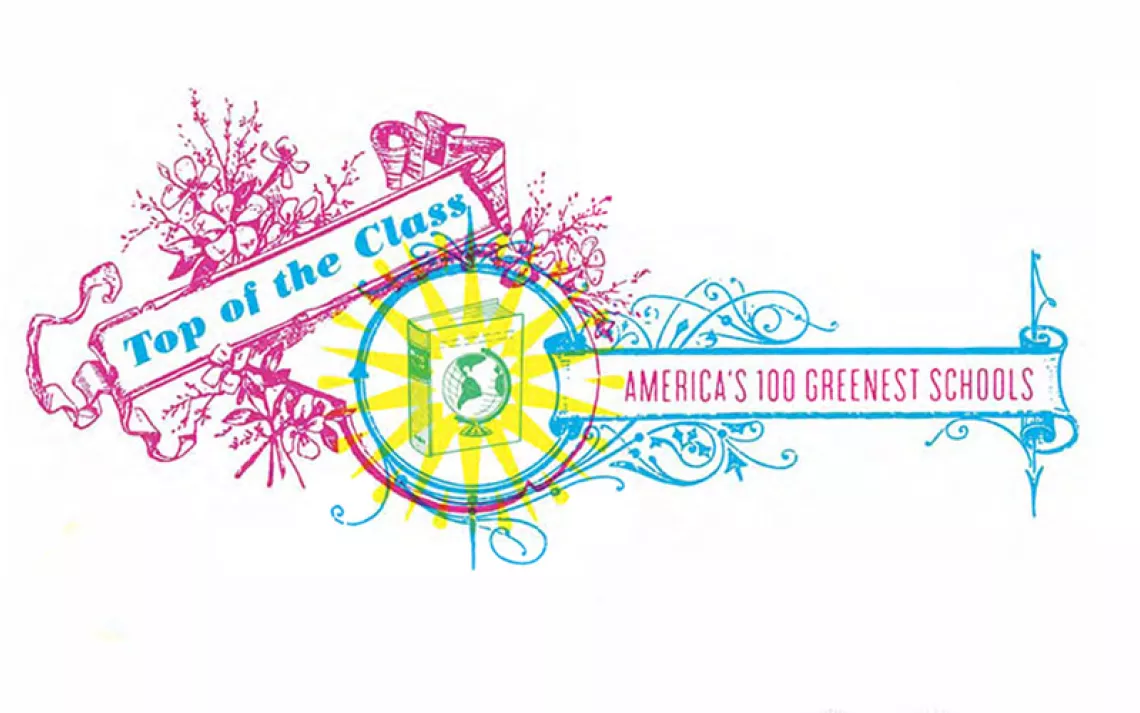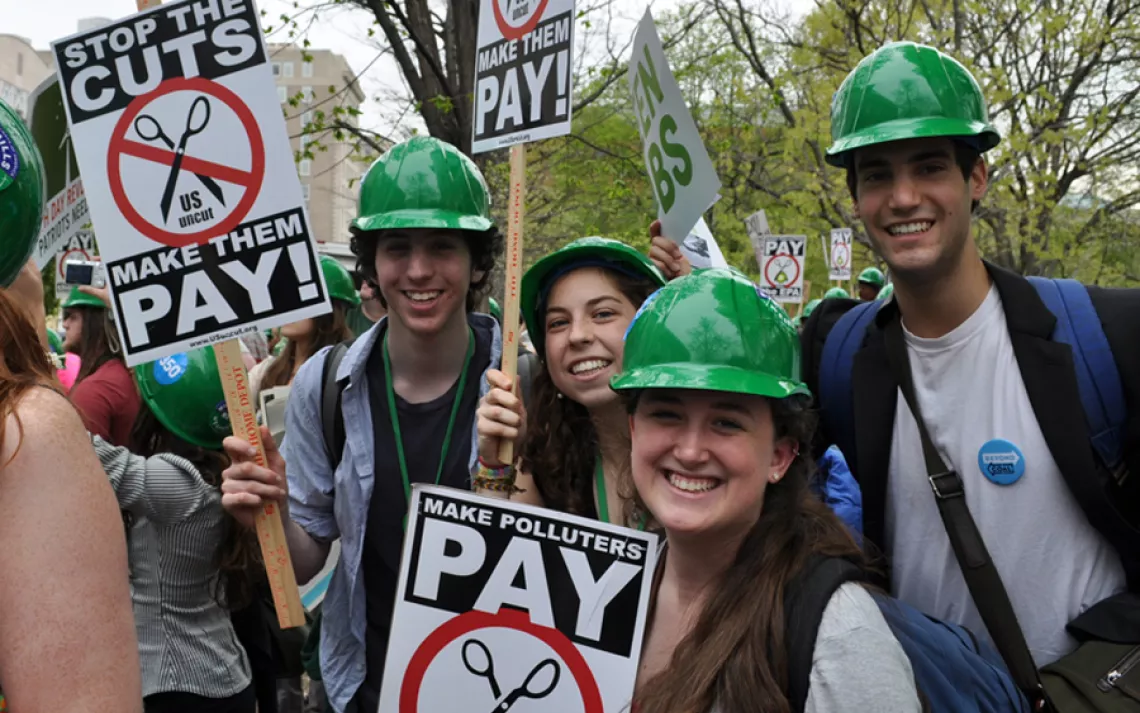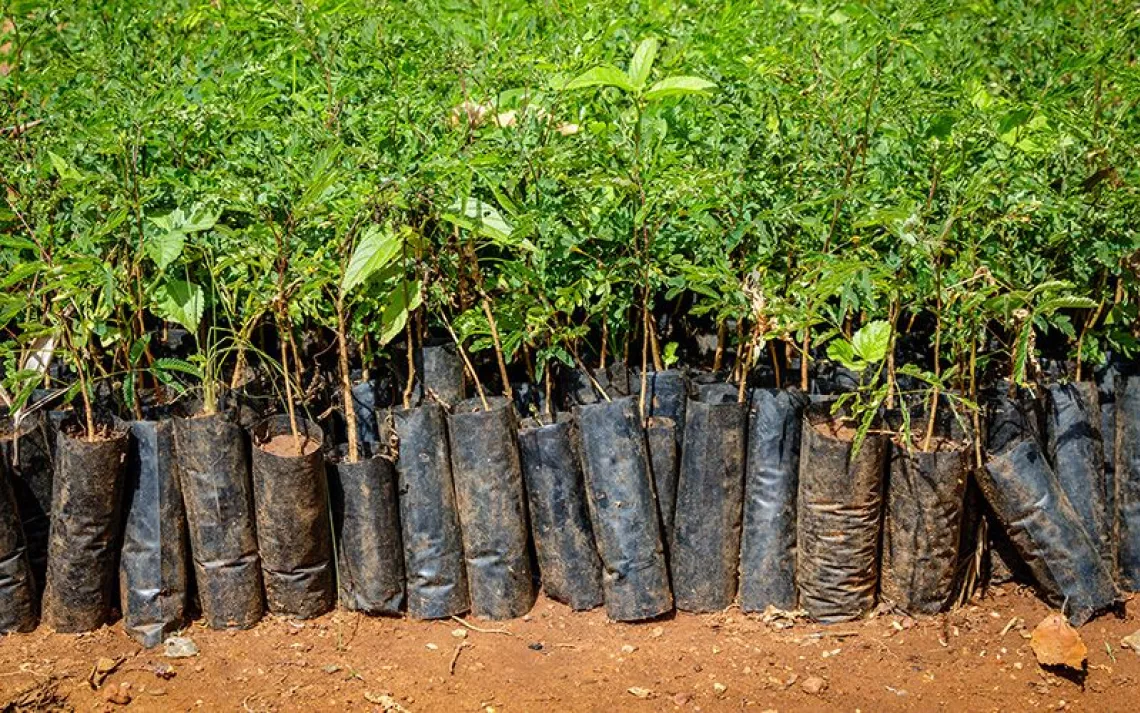How to Connect Young Students to Nature During the Pandemic
Recess may be virtual, and playgrounds buried under caution tape, but the director of the Sierra Club’s Outdoors for All campaign has some ideas
Our kids are not all right. It’s been more than six months since schools across America closed due to the COVID-19 pandemic, sending children home and, in many cases, into isolation from friends and extended family. While I feel fortunate that my children, at ages five and two, are too young to fully comprehend the state of the world, I know they are feeling the weight of not being able to play with their friends, go to the playground, or take out a new book from the library.
Our kids may be largely spared from the physical illness and death caused by the novel coronavirus, but the mental health impact of living through a pandemic will likely take its toll. During these challenging times, the CDC recommends getting outside for both the physical and mental benefits. As families increasingly seek the outdoors, now is the time to examine the role outdoor spaces play in the lives of our children and to ask ourselves how to make nature truly accessible to all.
While other countries took early, decisive, and science-driven action to curb the spread of the coronavirus, President Trump downplayed the severity of COVID-19 and politicized the US pandemic response. Six months later, New Zealand, South Korea, Finland, and many other nations have reopened their schools safely. Meanwhile, we’re now approaching 25 percent of the world’s confirmed cases. Black communities are dying from COVID-19 at the highest rates, its lethality exacerbated by comorbidities rooted in systemic racism. At the same time, school districts serving Black and brown students are facing the greatest pressures to reopen for in-person learning in the midst of a pandemic that is disproportionately claiming their communities' lives.
Earlier this summer, President Trump and Education Secretary Betsy DeVos threatened to cut funding for public schools unwilling to fully reopen for in-person learning. The economic downturn is likely to cause steep declines in tax revenue for schools, and the Trump-DeVos plan would be particularly harmful for school districts that primarily serve students of color, which already receive $23 billion less than districts that serve primarily white students, forcing them to potentially expose their teachers, students, families, and communities to COVID-19—or risk losing critical funding. In fact, some experts recommend that Congress triple Title 1 funding for the next three years, just to maintain the pre-COVID status quo.
While the administration may fail to lead during this pandemic, we have learned a few things over the past few months that can inform communities and educators' decisions going forward. For one, the virus spreads with less virulence outdoors, and early on, the CDC recommended physical activity, like spending time in nearby nature, as “one of the best ways to keep your mind and body healthy.” With that knowledge, some countries and cities are dramatically expanding their outdoor classroom environments, while others are just beginning to experiment with the concept of outdoor learning.
In Denmark, community parks are being reserved for young children during school hours to accommodate outdoor learning. In Scotland, city officials are encouraging schools to use public parks as outdoor classrooms. New York City announced an outdoor learning plan that encourages schools to utilize any outdoor spaces possible, including nearby parks, and to work with local officials to close down streets to traffic in areas without outdoor learning spaces, echoing the city’s response to earlier pandemics. School districts across the US are considering outdoor learning as either an alternative or a complement to remote learning.
Nearly 20 years ago, I started my career as a field-based environmental educator, using the natural world as a classroom to teach thousands of kids about a range of topics. I’ve seen firsthand the transformational power of time in nature. I’ve seen fear turn to awe. I’ve seen rivals become close friends. I’ve seen a school bully transformed into a nice kid after just a few days walking on trails with his classmates. And I’ve seen that light bulb go off over a kid’s head when suddenly something she learned in the classroom finally makes sense. Nature changes us and heals us. Every child deserves the physical, emotional, social, and even academic benefits of time spent outdoors.
Nature may not be a panacea, but it can help get us through these trying times. We now know that it really only takes two hours of nature each week to significantly improve mental health, and that parks and community green spaces improve the wellness of entire communities. An immersive experience in nature can also serve as adjunct therapy for individuals experiencing post-traumatic stress. Access to nature, from neighborhood parks and gardens to national parks and open spaces, should be respected as a basic human right.
But the reality is that access is not universal, and people of color are most likely to suffer the consequences of environmental destruction, such as pollution and the impacts of the climate crisis, and are least likely to have community-level access to nature. People of color are three times more likely than white people to live in communities with limited nature access, and 100 million people in the US, including 28 million children, do not have a park within a 10-minute walk of their home. These numbers are staggering, the results of racist and discriminatory land-use policies and practices that have shaped our communities and left a legacy of inequity. Across race and ethnicity, Black, Latino, Asian, and white adults highly value getting outdoors for physical and emotional health. At the same time, Black and brown parents harbor the most fears and concerns about allowing their children to be outdoors on their own.
Where the system has failed to ensure all kids have these benefits, an entire field of outdoor environmental education has been actively working for decades to ensure that children can access their human right to nature. Unfortunately, the COVID-19 pandemic has taken a toll on outdoor environmental education. It’s estimated that more than 11 million kids will miss out on opportunities for environmental and outdoor science learning due to program closures, with 60 percent of those children coming from communities of color or low-income communities. Nearly 65 percent of outdoor environmental and science educator organizations are unlikely to reopen their doors after the COVID-19 pandemic. Without assistance, these organizations will cease to exist.
The COVID-19 pandemic has deepened our understanding of the value and necessity of outdoor time for the health and wellness of our kids and communities. We have a once-in-a-generation opportunity to reimagine our schools and our children’s connection to nature. As the director of the Sierra Club’s Outdoors for All campaign, the founder and chair of the Outdoors Alliance for Kids, a former educator, and a mom, I have a few ideas.
First, we need to work to make sure that all children have neighborhood-level access to quality public parks and open spaces. Congress recently passed legislation to permanently fund the Land and Water Conservation Fund, providing a unique opportunity to invest in economically disadvantaged communities with limited park access through the fund’s Outdoor Recreation Legacy Partnership Program. Next, schools and after-school centers across America need financial and technical resources to develop park-like outdoor play and learning environments, wherever possible. When space is not an option, schools should be supported to establish partnerships with nearby parks and open areas. As we work to advance park equity and proximity to schools, there will still be a need for alternatives—cities across the country are closing streets to traffic to make more room for physical activity. Schools and nearby communities should consider turning adjacent streets into outdoor learning environments, if only during school hours. Unfortunately, there will be tens of thousands of trained field educators looking for work. So we might consider developing an outdoor environmental education corps to support schools and teachers across the country as they try outdoor learning for the first time.
Additionally, we should dramatically expand the national Every Kid Outdoors (EKO) program to ensure children can benefit from a more immersive experience in nature. Since 2015, the program has invited children to visit their national parks and public lands with a free entry pass for fourth graders and their families. In the first two years of the program, nearly 2 million children downloaded the pass, and more than $5 million in private funding was raised to ensure that children from Title 1 schools had transportation to visit a park and participate in the program. Over the next few years, we need to dramatically expand the program to truly ensure that every kid can benefit from a park experience.
First, let’s extend the benefits of the pass from fourth graders to all pre-K to 12 students, and encourage state and regional park systems to follow the lead of Maryland, Nevada, and other states to either adopt EKO or establish a similar pass program. We should provide training and resources to park systems at all levels to ensure all children have a positive and welcoming experience upon arrival. Providing a pass is not enough, however. We will also need to make sure schools have the financial means and support to participate in the program, by funding transportation expenses for Title 1 schools to embed field trips to nearby parks into each academic year for all students in primary and secondary schools. Investing in our children’s connection to nature will support their health and wellness and prepare a new generation of leaders to help address our climate and environmental challenges, all while contributing to a growing outdoor recreation economy, which is valued at $887 billion. While getting every kid outdoors won’t solve all of our problems, it will make for a good start.
 The Magazine of The Sierra Club
The Magazine of The Sierra Club




